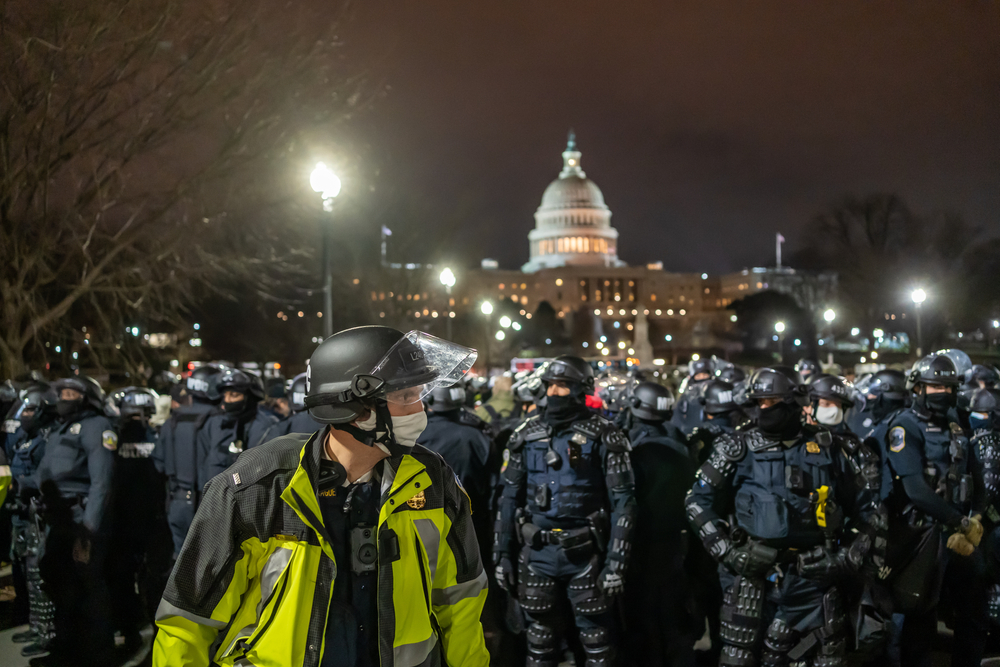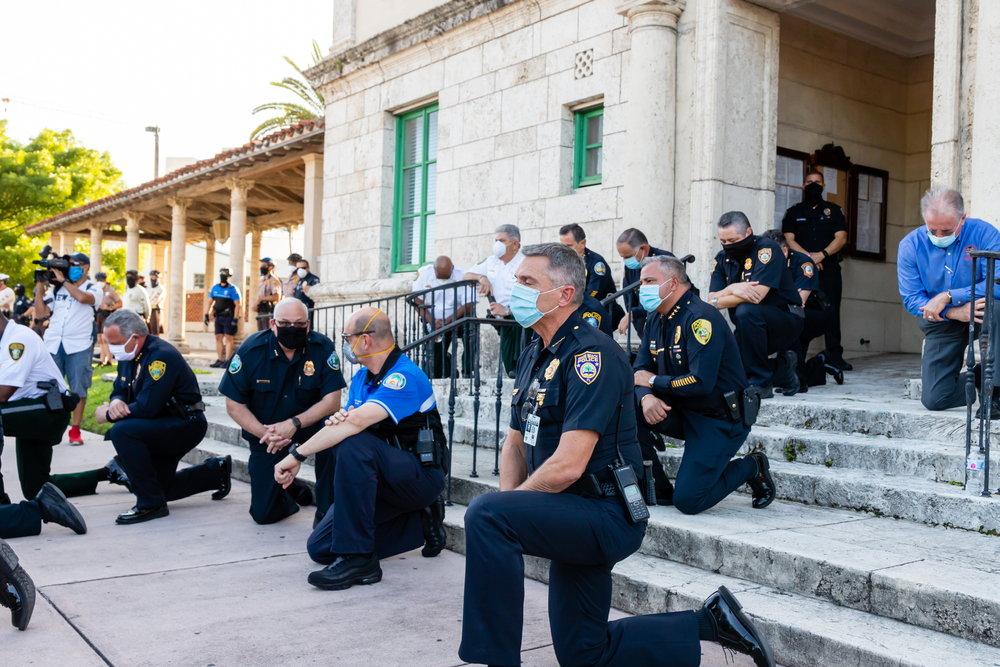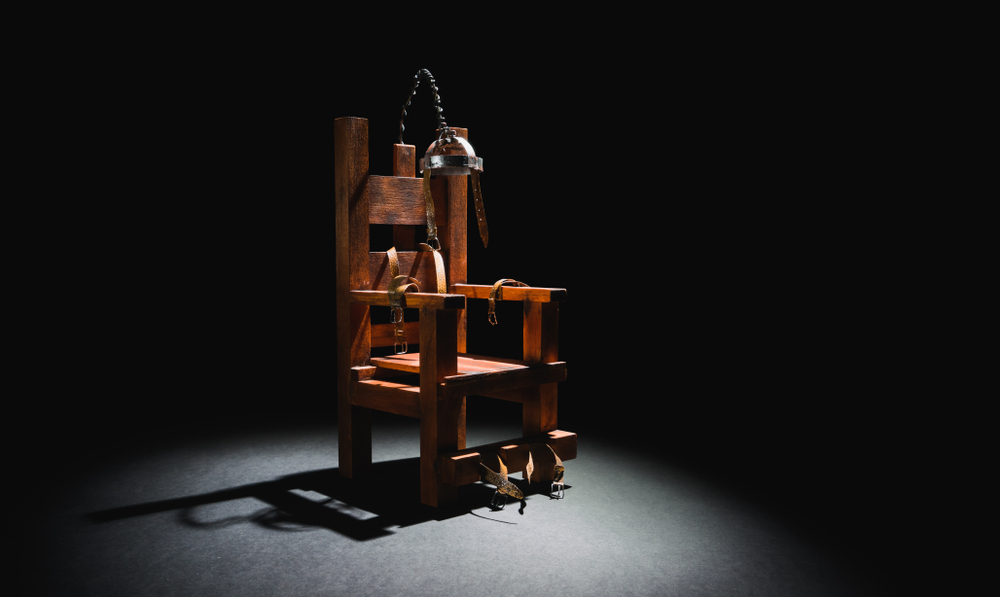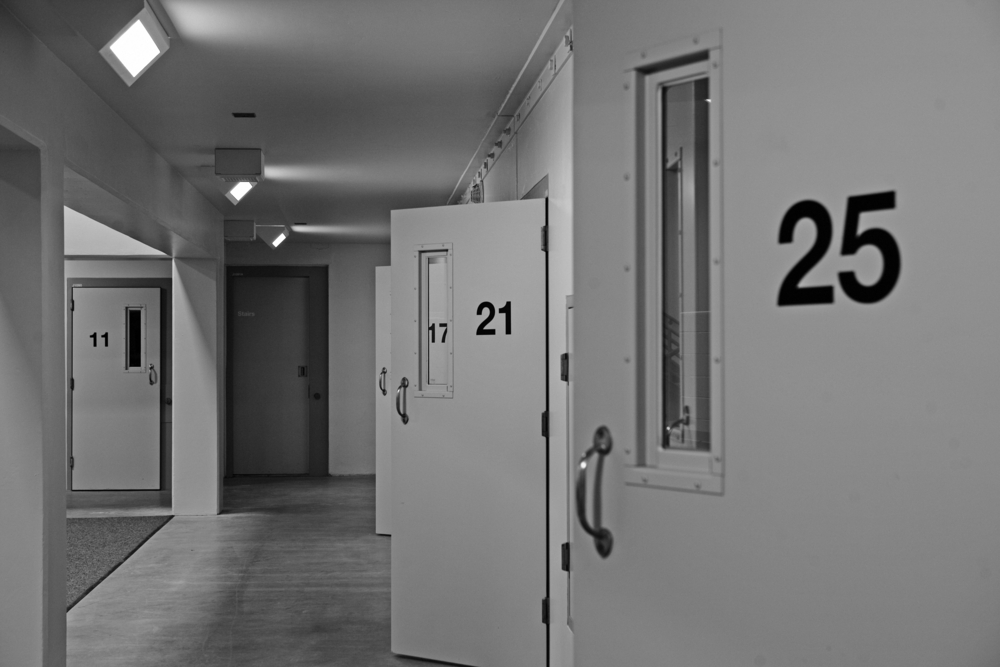Drones pose rising threat to prisons
Drones have dropped cigarettes, cell phones and drugs into jails and prisons across the United States, and federal authorities are worried the unmanned aircraft could pose an even greater danger if not effectively addressed.
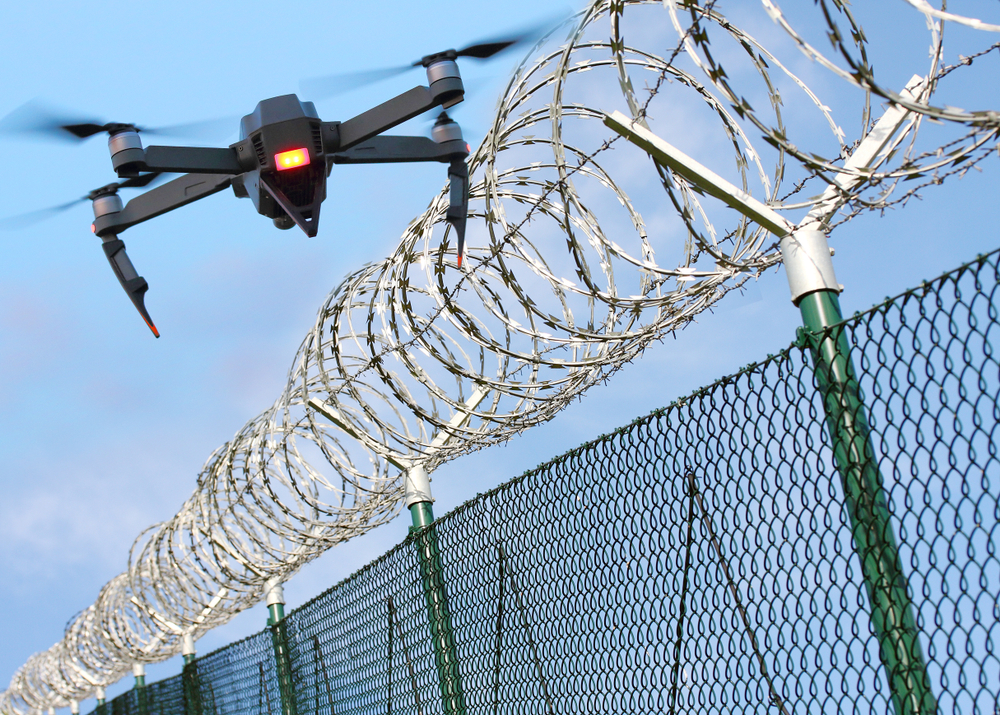
A report from the Office of Inspector General for the Department of Justice says drones are a growing threat to federal prisons, and pose “significant and growing challenges” to prison authorities’ efforts to protect facilities.
“Drones have been used to deliver contraband to inmates, but could also be used to surveil institutions, facilitate escape attempts, or transport explosives,” the report says. It says prison personnel fear drones could be used to deliver handguns and other weapons.
Drones and prison escapes
“Several DOJ officials cited the possibility of individuals using a drone offensively by arming it with firearms or explosives and targeting persons on the ground,” the report says. “As drone technology evolves, BOP officials told us that future devices may even have payload capabilities that could allow for the lifting of an adult out of a prison.”
Will inmates really be able to fly away in drones?
Not anytime soon, according to a drone expert interviewed by Legal Examiner.

“I can understand why they projected into the future that there might be that capability,” said Austin Brown, co-founder of the licensed drone services provider Global Air Media. “But presently, it’s not really a threat. The technology just isn’t there.”
RELATED: Can the police search your smartphone, or force you to unlock it?
RELATED: Predictive policing is predictably controversial
Besides, Brown added, such a drone would have to be so large, it would be easy to detect.
“It’s effectively like driving a vehicle” into a prison yard, he added. “Somebody might do it. But you’re not going to get very far.”
Brown suggested an inmate with limitless financial means – someone like notorious Mexican drug lord El Chapo – might be able to invest enough to develop and build such a drone. But he said, “They’d have to be pretty gung-ho about the idea of being carried off by a drone. If you’re going to use a drone, you might as well use a helicopter.”
Likewise, Brown said, most people won’t be able to attach firearms to drones unless they have a lot of resources and time.
Generally, drones can carry up to about 8 pounds of cargo, Brown said. He added that the industry is evolving quickly. He said people should understand that drones can save lives, such as carrying supplies to remote areas and helping to find people missing in tough terrain.
Drone reports are multiplying
The federal Bureau of Prisons recorded 57 drone incidents in 2019, according to the OIG report, which says this likely is an undercount. Still, it’s more than double the experience in 2018 when there were 23 reported incidents. Between March 2015 and December 2019, the report says the Bureau of Prisons received 83 reports of drone incidents at facilities it operates.
Reports increased significantly when the BOP implemented reporting requirements in 2018. In addition, during that same period, there were 47 drone incidents at private prisons.
While the report doesn’t give the locations of the incidents, the Department of Justice issued a news release in March when two New Jersey men were charged with using drones to smuggle contraband into the Fort Dix Federal Prison. According to court documents in that case, evidence suggested there were at least seven drone contraband deliveries since July 2018 to Fort Dix.
After a drone drop in March, prison officials found an inmate in the area with 34 cell phones, nine chargers, 51 SIM cards and other telephone equipment. Agents found an SUV near the launch site with a drone in the back seat.
Other seized contraband in that case included marijuana, steroids, more than 160 cell phones, 150 SIM cards, 74 cell phone batteries and chargers, 35 syringes and two metal saw blades.
Drones and state prisons
State prison authorities have also reported incidents of drones being used to drop contraband to inmates. For example, on Sept. 9, Mississippi prison authorities reported a drone crashed into Central Mississippi Correctional Facility at Pear. Two drone pilots who were delivering marijuana, a cell phone, chargers, headphones and cigarette lighters were arrested.
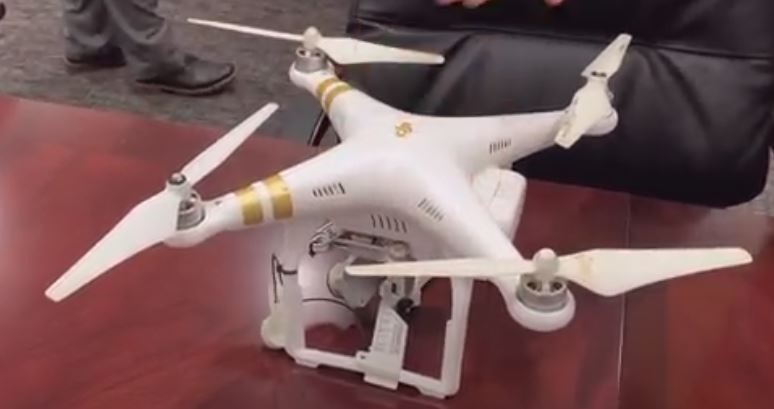
In that case, the drone was caught in security nets above the facility’s razor wire fences, authorities said.
Legal, financial and technical issues
The Department of Justice Inspector General reported on several challenges for the Bureau of Prisons in facing drones. Those include legal questions about who is authorized to shoot down drones and financial and technological issues related to anti-drone measures.
Even low-tech solutions like putting netting over prison yards could cost millions of dollars for a large prison, the report says. A state prison official told the inspector general that officials there had found a reasonably priced, effective drone detection system. But funding limits meant they could buy just one mobile system that officials moved between prisons.
The report carried several recommendations, including:
- Improve reporting and tracking of drone incidents.
- Analyze data from the incidents at private prisons.
- Identify best practices and provide training for staff on how to safely approach and secure recovered drones.
- Explore solutions for private prisons regarding security vulnerabilities posed by drones.
- Keep working on finding and deploying efficient drone countermeasures.
Contact Elaine Silvestrini at Elaine@legalexaminer.com. Follow her on Twitter at @WriterElaineS.











